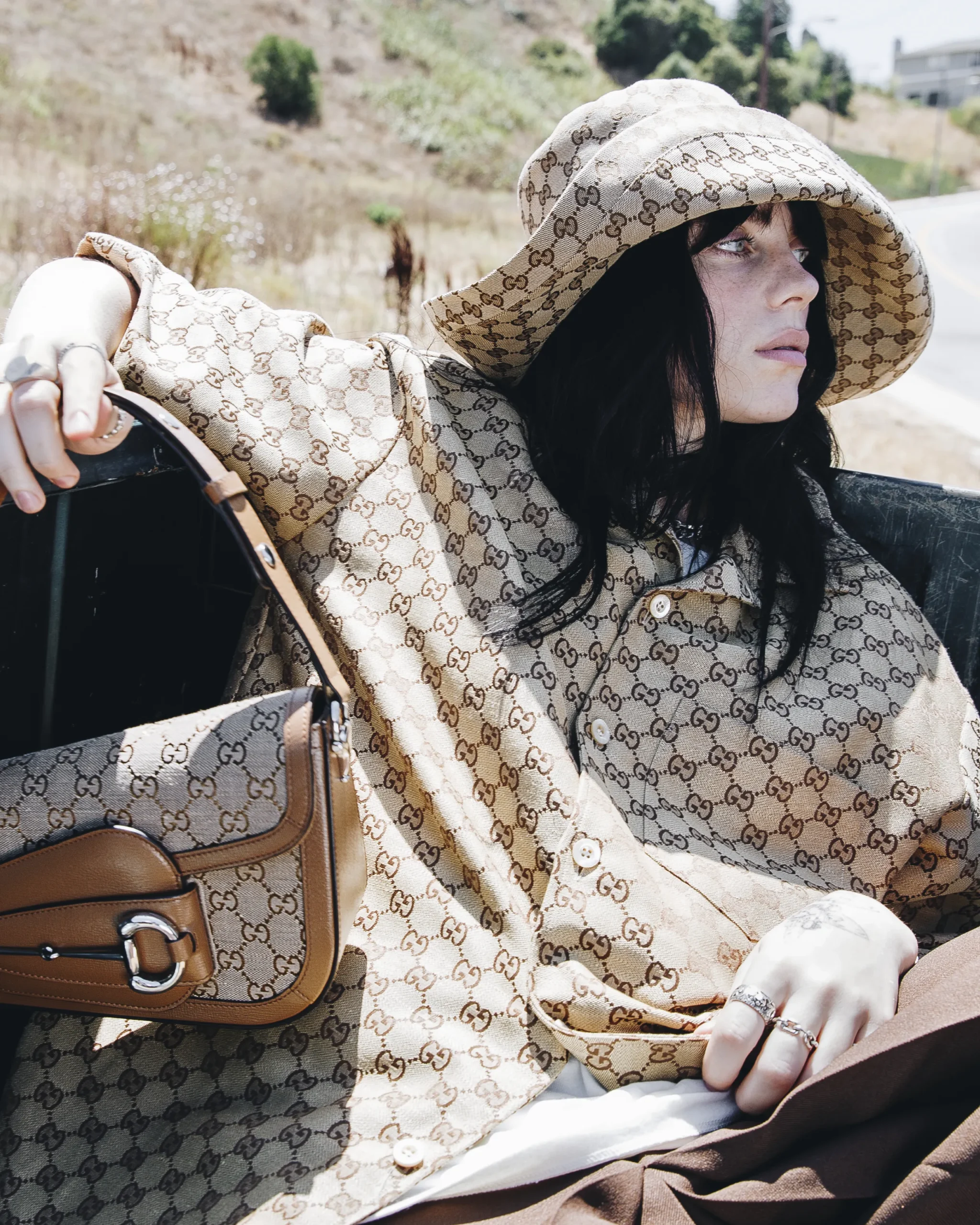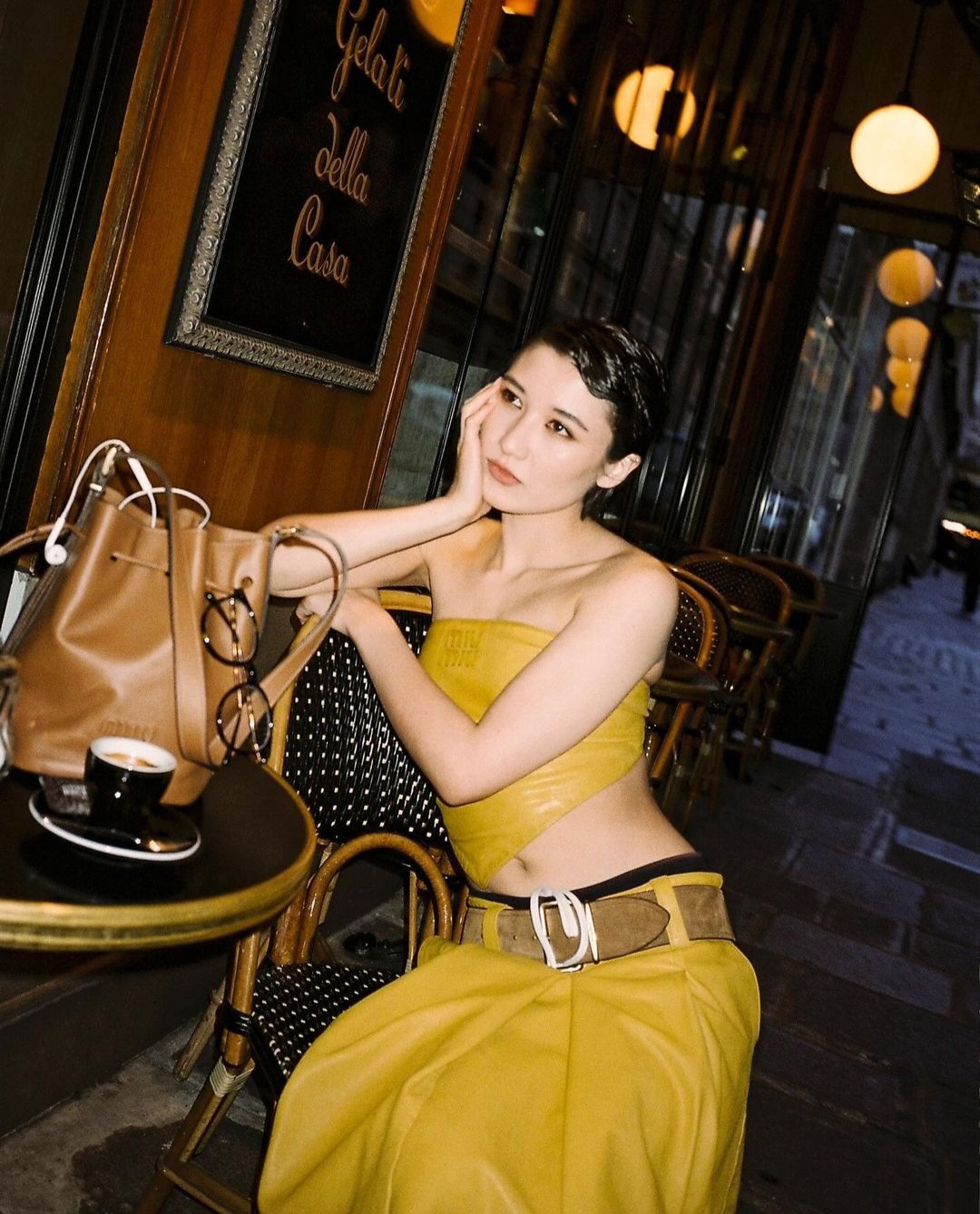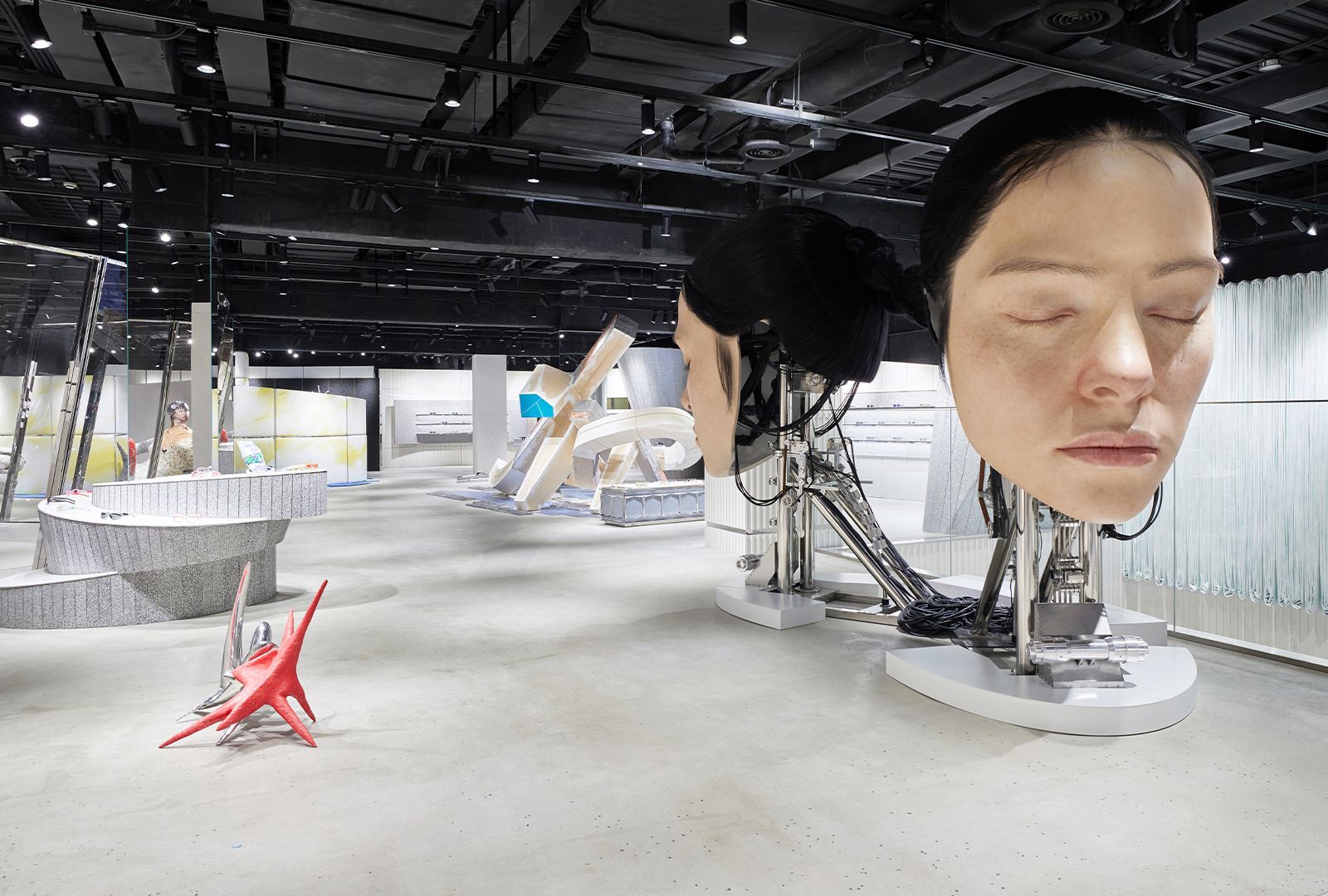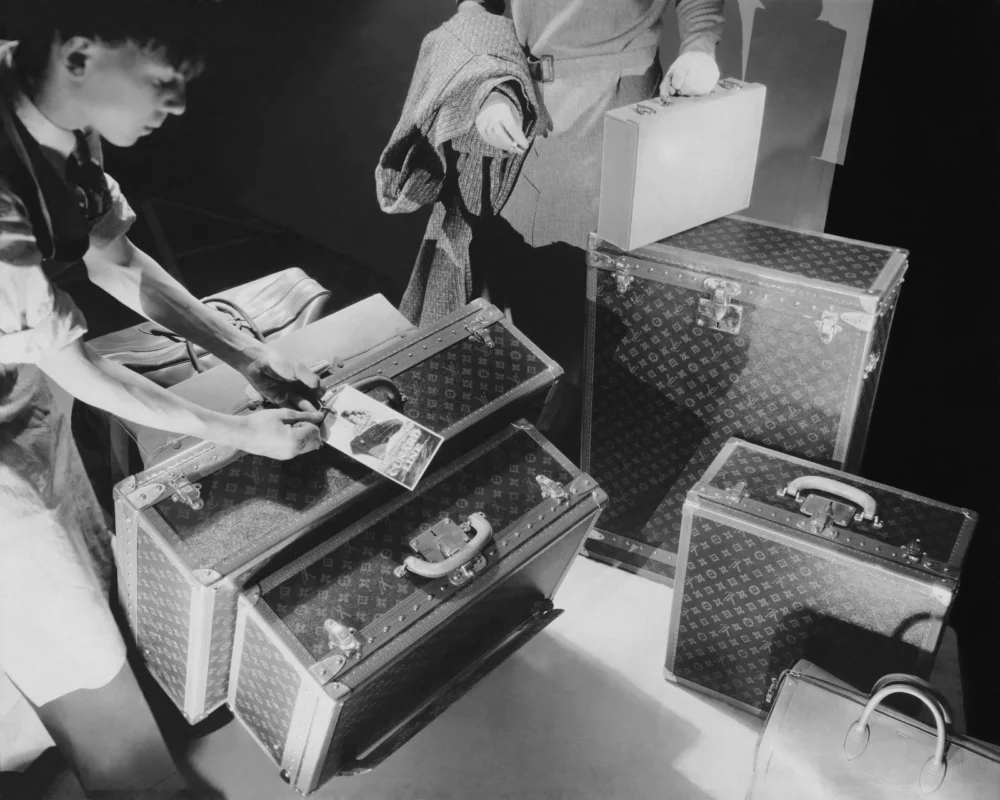Once upon a time, the distinction between mass-market fashion and luxury designer labels was clear and unmistakable. High-end brands promised personalized shopping experiences, exquisitely tailored garments, and the finest materials. However, in today’s whirlwind of fast fashion and fleeting micro-trends, even stalwarts like Gucci and Chanel struggle to assure consumers of timeless, durable products.

Luxury fashion is upheld by four critical pillars: craftsmanship, exclusivity, design, and experience. Regrettably, many labels now seem to prioritize profit over these foundational elements.

Historically, purchasing from a luxury brand guaranteed an experience far removed from the fast fashion realm. The buyer could expect impeccable customer service, personalized fittings, and garments made with the highest quality materials. The allure of luxury was its promise of uniqueness and longevity, ensuring that pieces not only lasted but also transcended seasonal trends. As the fashion landscape has evolved, however, the lines between luxury and
mass-market fashion have blurred, prompting a reevaluation of what luxury truly means today. Fast fashion, notorious for its subpar quality, conditions consumers to expect flaws like holes, loose threads, and poor fit. These garments are produced under dismal conditions, prioritizing quantity over quality. Platforms like TikTok accelerate trend cycles, rendering many items obsolete after just a few wears. The fast-paced nature of social media means that trends come and go at breakneck speed, encouraging consumers to constantly update their wardrobes with
the latest fads, only to discard them shortly after.
In stark contrast, luxury fashion should exemplify superior craftsmanship and design, with materials chosen for durability, comfort, and timeless appeal. However, the reality often falls short. Know TheChain, which benchmarks corporate practices to identify forced labor, scored Prada at a dismal 5/100 and the LVMH conglomerate at 6/100. Despite their European origins, malpractice and abuse can occur globally. Even iconic items like Chanel’s classic bags have seen a decline in quality, with newer versions reportedly inferior to their vintage counterparts.
Consumers have noted that the leather, hardware, and stitching of vintage Chanel bags far surpass the quality of their modern counterparts, raising questions about the brand’s current manufacturing standards.
The illusion persists that high prices equate to superior production processes, but this often hinges more on brand reputation than actual quality. Labels have created the illusion that the price of the garment matches the production process when, in reality, it has more to do with brand reputation than quality. Just because something carries a hefty price tag doesn’t guarantee ethical or meticulous craftsmanship.
The rise of social media influencers has amplified the demand for luxury goods. Brands like Dior, Louis Vuitton, and Gucci now send gifts and event invitations to influencers in exchange for posts or videos. While commercials once dominated advertising strategies, the relatability and cost-effectiveness of internet personalities have proven far more impactful. This shift has democratized luxury consumption, eroding the exclusivity once intrinsic to high-end brands. It’s not that people have more money now than they did before; rather, they are more willing to
spend money on items they can’t afford if it means elevating their social standing. Increased consumer bases have also diluted the luxury shopping experience. Traditionally, purchasing a luxury item was a gratifying, escapist experience, complete with attentive sales associates, refreshments, and personalized service. Today, however, the sheer volume of consumers makes such individualized attention challenging, often compromising service quality
and diminishing the allure of shopping at high-end stores. Many instances of staff being rude towards clients, whether they buy something or not, have been reported, leading to strain within the consumer-producer relationship.

Many brands have pivoted to elaborate pop-up stores to create memorable experiences, as seen with Maison Margiela and Gentle Monster’s collaboration at Haus Nowhere’s flagship store in Shanghai. These temporary, immersive installations strive to leave lasting impressions, compensating for the decline in traditional luxury retail experiences.

Rather than focusing on permanent locations, many brands have turned their attention towards elaborate pop-up stores that leave more of an impression. This collaboration between Maison Margiela and Gentle Monster at Haus Nowhere’s flagship store in Shanghai certainly made its mark.
Ultimately, what the media markets as ‘luxury’ often doesn’t represent the pinnacle of quality and service. True exclusivity and prestige—’stealth wealth’—remain hidden from the public eye, accessible only to the elite few. While the luxury market aimed at the general public faces an ongoing decline, the one percent will perpetually enjoy unparalleled quality in every facet of life.
 Anaïs-Aimée Rafaelsen is an artist and critic based in Toronto. Her work has been shown in exhibitions as well as featured in The Walrus. She is currently obtaining her BDes in Material Art and Design at OCAD University.
Anaïs-Aimée Rafaelsen is an artist and critic based in Toronto. Her work has been shown in exhibitions as well as featured in The Walrus. She is currently obtaining her BDes in Material Art and Design at OCAD University.

